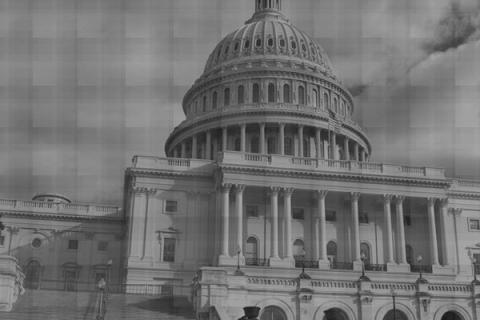The possibility that the Supreme Court will overturn portions, if not all, of the Affordable Care Act (ACA), has brought into sharp focus the entire rationale for health care reform and the need for alternative solutions. What the ACA aimed to accomplish was coverage for individuals who today are not covered because they do not have employer-provided insurance, because they have pre-existing conditions that make their coverage unaffordable, or because they simply can’t afford to purchase medical insurance.
There are at least three possible ways to deal with this issue. One is to do nothing to change the system, thus leaving tens of millions of people without insurance. Under existing law, those individuals could receive free services by going to hospital emergency rooms for a medical problem. Of course, those services end up being paid for by the rest of us as hospitals raise their rates to cover the increasing costs of indigent care.
A second solution is a so-called single-payer system. Essentially, this would entail providing Medicare-like coverage to anyone who is not currently covered, with the government taking the lead in running the system. Single-payer coverage is commonplace around the world and has a mixed record of success. As with Medicare, this approach limits compensation to providers such as physicians and hospitals. Therefore, some providers may opt out of a single-payer system because of the low compensation (as has happened with Medicare).
The third approach is the one that is part of the current ACA: mandated private insurance coverage for all non-covered citizens. In cases where individuals cannot afford the coverage, the government would pick up some or all of the costs of the insurance. But the coverage would be provided entirely by private insurance companies. No one could be turned down, even if they have pre-existing conditions.
This approach was the brainchild of the Heritage Foundation, a conservative think tank, and it was implemented first in Massachusetts under then-Governor Mitt Romney. It is favored by the insurance industry, which would gain millions of new customers under the plan and would be allowed to spread its risk across the entire U.S. population. And it avoids the pitfalls of single-payer.
Surveys show that a bare majority of Americans oppose the ACA (although it is growing in popularity), but they also show a strong preference for important facets of the law. For example, 85 percent of all Americans believe that insurance companies should not be permitted to deny coverage because of pre-existing conditions, and 68 percent believe that children should be allowed to stay on their parents’ coverage until age 26.
Whatever the court's decision, some method of achieving the goals of the ACA will have to be put in place by Congress in the near future. It is unsustainable for the nation to leave more than 50 million Americans uninsured and dependent on the charity of the rest of us.
The ACA took on these issues and used the individual mandate to do so. If the court strikes down the mandate, then the choices narrow. A single-payer system – Medicare for all – may be the only alternative means to provide universal health care and overcome the problem of pre-existing conditions. This approach would be difficult to challenge in court because it has been used successfully since 1965 when Medicare was first introduced.
The ACA seems like a workable compromise that creates an umbrella of private insurance over the uninsured. Perhaps the court will see it that way as well and let the bill stand.

